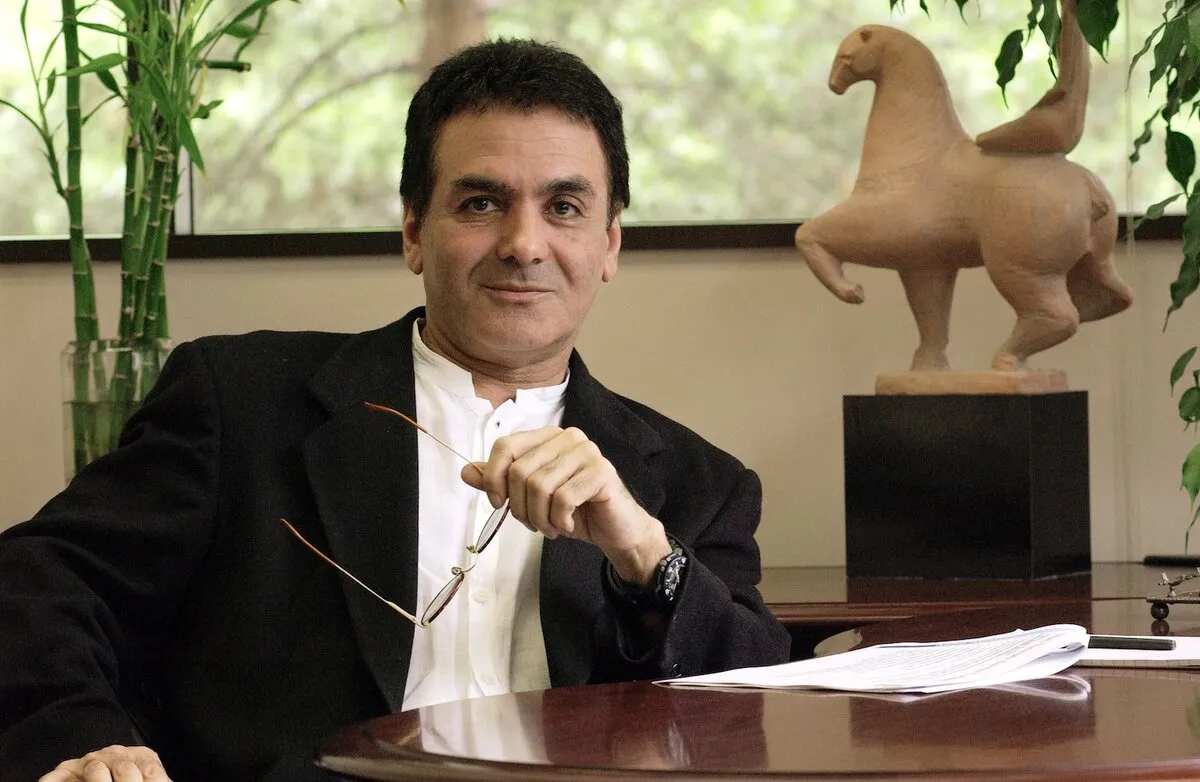Iranian-American NASA Scientist Firouz Naderi Passes Away

Firouz Michael Naderi was an Iranian scientist who spent more than 30 years in various technical and management positions at NASA’s Jet Propulsion Laboratory (JPL), where he contributed to some of the most famous robotic space missions in the United States.
He retired from NASA in 2016 and was a business consultant, advisor to young tech startups, and speaker.
He received his primary education in Shiraz, in Southern Iran, where he was born. He attended high school at an Italian boarding school (Don Bosco Boarding School) in Tehran before leaving Iran in 1964 for the United States to continue his university studies. He earned a bachelor’s degree from Iowa State University before moving to California in 1969. After working as an engineer in Santa Barbara for two years, he attended the University of Southern California (USC) in Los Angeles, where he earned a Master of Science. Then he Obtained a doctorate in 1972. In 1976, he majored in electrical engineering. After completing his studies, he returned to Iran for three years, worked at the Iranian Remote Sensing Agency, and returned to the United States in July 1979.
He started as a communications systems engineer at NASA JPL in September 1979 and rose through the ranks during his 30-year career. His career at JPL involved systems engineering, technology development, program and program management for satellite communication systems, Earth remote sensing observatories, astrophysical observatories and planetary systems.
His early work at JPL involved system design of large satellite systems for nationwide cellular coverage. In the mid-1980s, he spent two years at NASA Headquarters as program director for the Advanced Communications Technology Satellite (ACTS), the pinnacle of today’s commercial multibeam space-switched satellites. After returning to JPL, he became a program manager for the NASA Scatterometer (NSCAT) project, which aims to take space-based radar measurements of the wind over the world’s oceans and apply them to weather forecasting. He received the NASA Distinguished Leadership Medal for his stewardship of the program. After NSCAT, he led the Origins program in the mid-1990s, NASA’s ambitious and technology-rich program to find Earth-like planets in other planetary systems.
In April 2000, he was named director of NASA’s Mars exploration program(1) after the agency suffered two high-profile failures in a row the previous year. In the summer of 2000, he helped reframe the program into a series of science, technology, and operations missions, sending spacecraft to Mars every two years. He led the program for the next five years, which included the successful landings of the Mars exploration rovers Spirit and Opportunity. Between 2000 and 2012, the United States carried out a total of six successful missions to Mars (four landers and two orbiters), according to a roadmap established in the summer of 2000. For leading the Mars program, he received the NASA’s highest honor, the NASA Distinguished Service Medal.
On May 29, Naderi’s nephew took to the scientist’s verified Instagram account to tell his followers that Naderi was left paralyzed from neck down after suffering from an unexpected accident. The announcement added that “he has had two neck surgeries in the past week and is thankfully now fully in his senses and grateful for all the friendly messages he has received from around the world”.
Today, his social media accounts announced that Firouz Naderi passed away on Jun 9, Friday.
4155/v





















